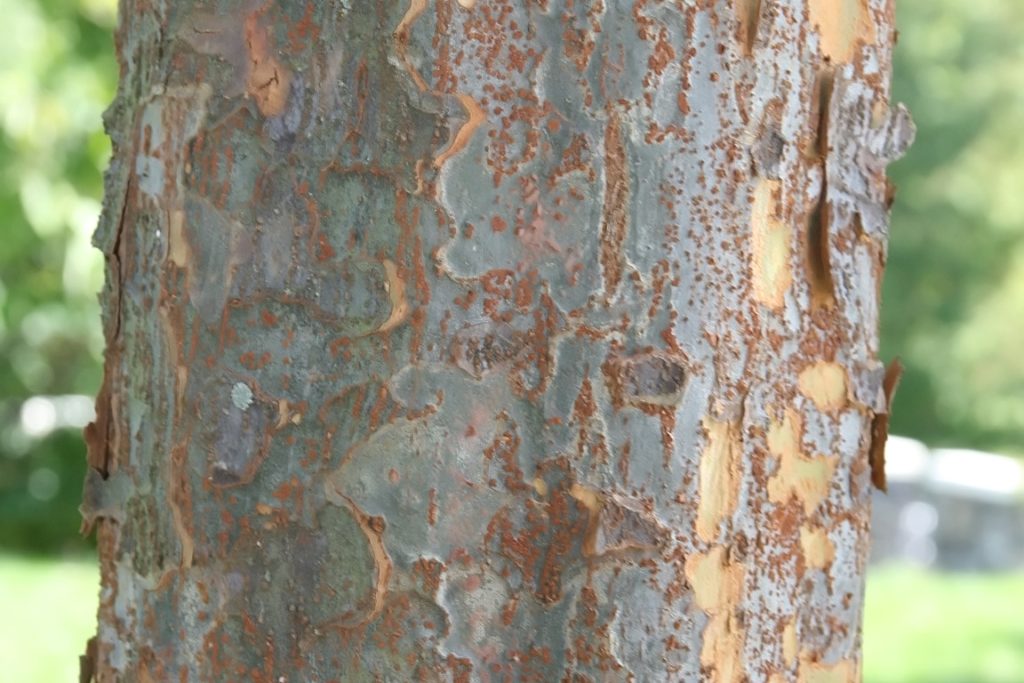What do we mean by Seasonal Allergy Plants?
Of the thousands of plants in California only a few cause pollen-related respiratory allergies. If patients have a knowledge of allergy producing plant species they can help us identify responsible agents.
Below are some of the most important plants implicated in pollen allergies. There are many other plants that can cause allergies, check with your allergist to have your detailed questions answered.
Compare these pictures to trees and grasses around your place of work or home. If these plants are present and your symptoms occur during the months they are pollinating, they may be causing your allergy symptoms!
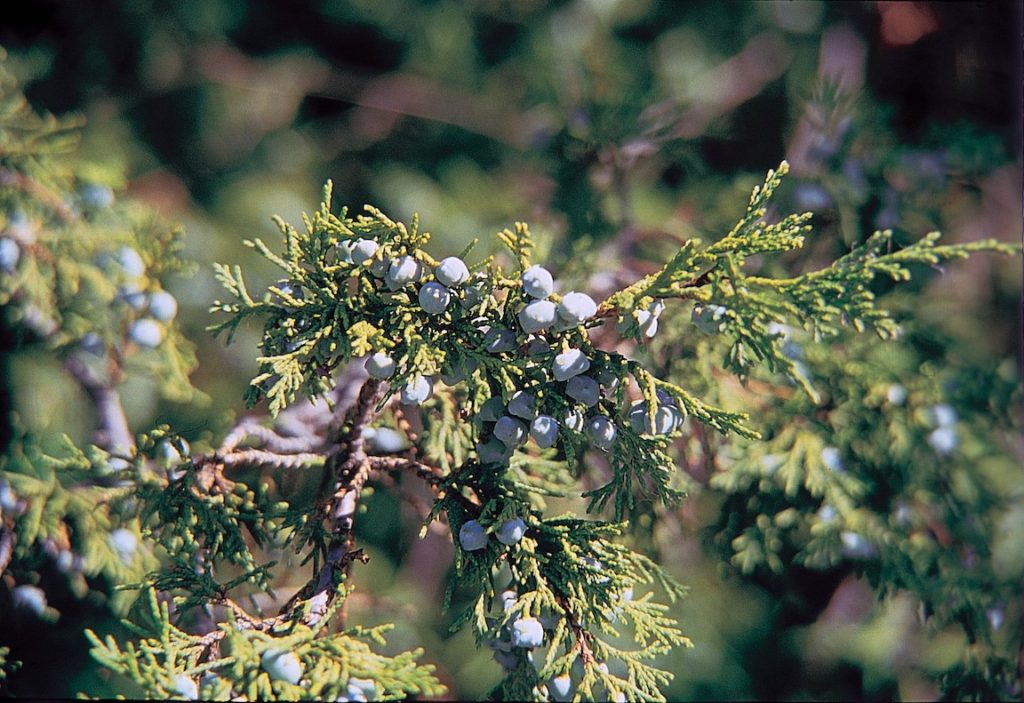
Juniper/Cypress/Cedar are all related and are major causes of allergic disease in Northern California. These trees and bushes pollinate from January to May, and even can pollinate into June! These pollens can be moderately allergenic. They are very important sources of pollen in the City of San Francisco.
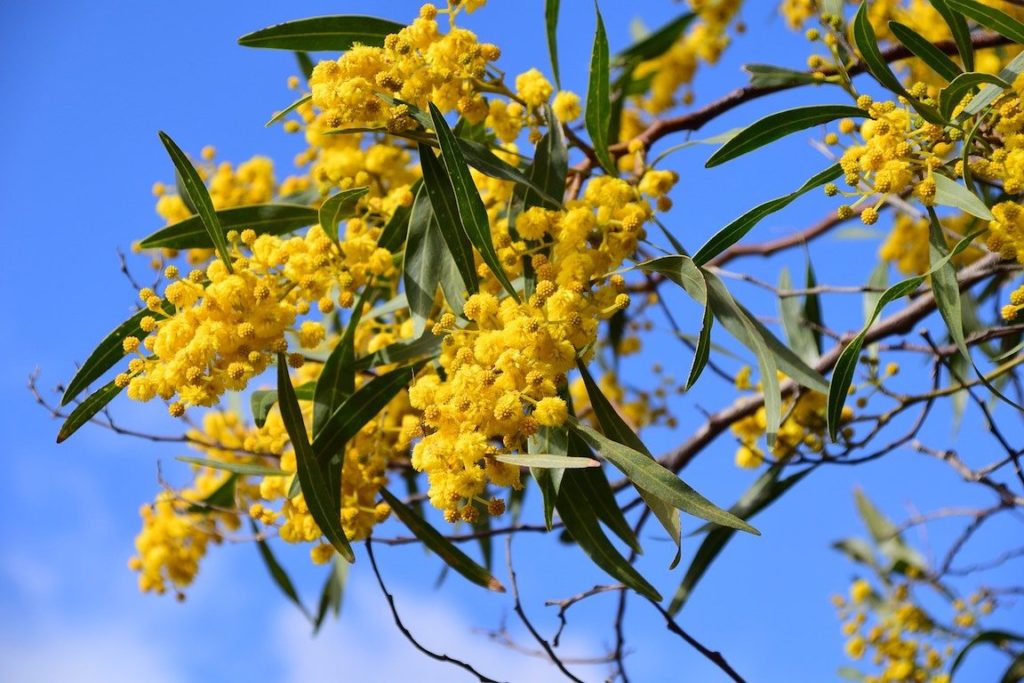
Acacia pollinates in February and into March. It is only mildly allergenic and is a heavy pollen, only important in the immediate vicinity of the tree.
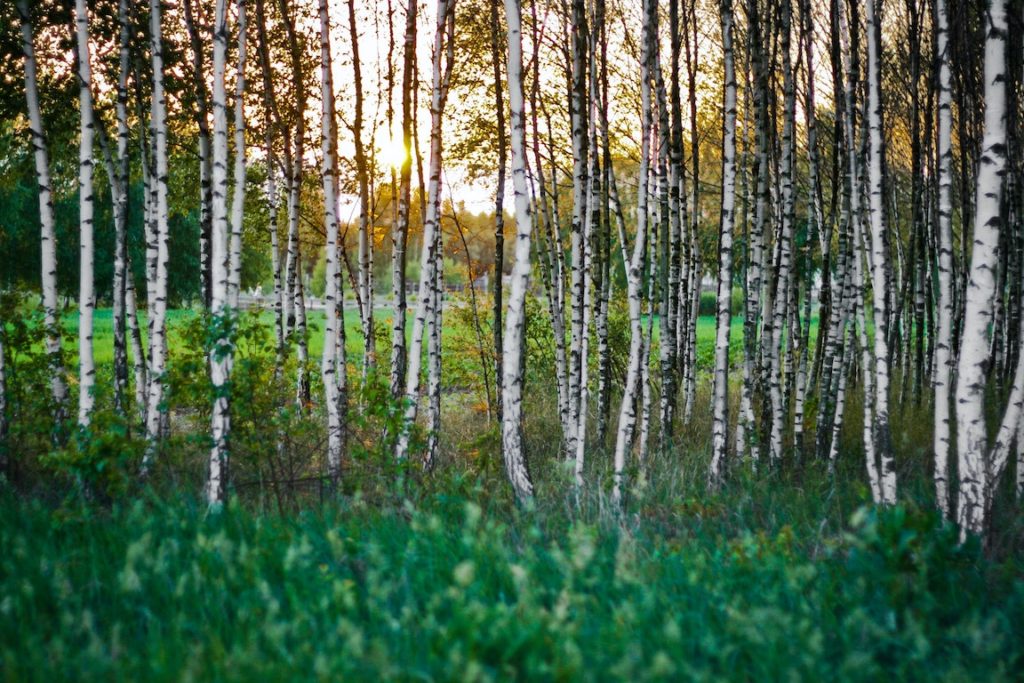
Birch is a very easy to identify with its white bark. Birch is not native to California but has been planted extensively for decorative purposes. Birch pollen is highly allergenic and abundant during its pollen season, usually March through mid-April. If you have one nearby it may one of the causes of your springtime allergies.
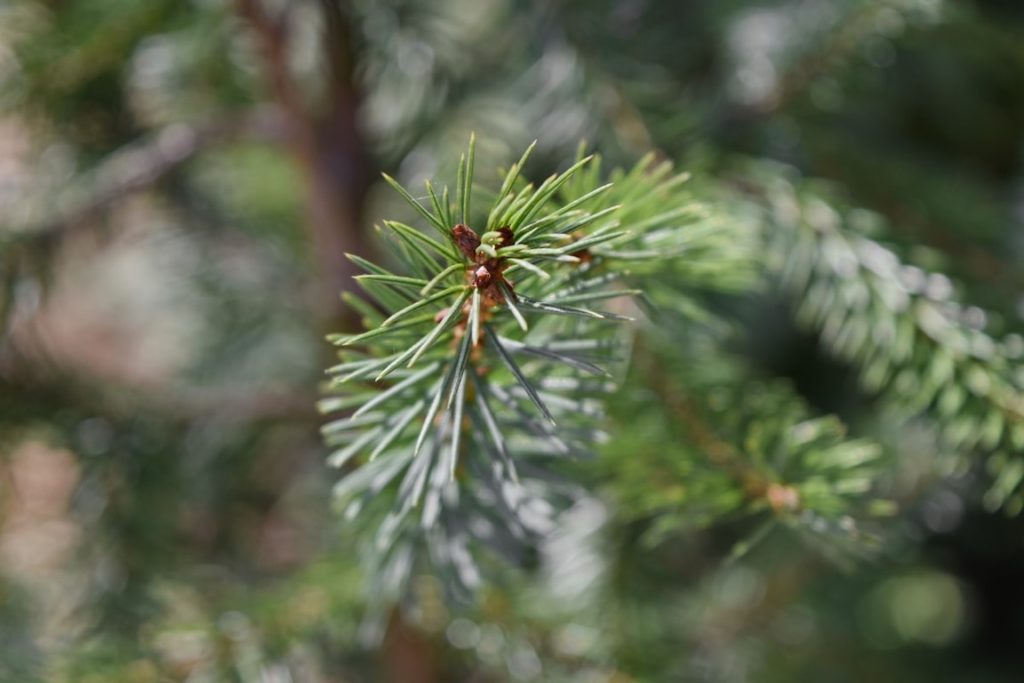
Pines produce a large pollen grain which has a waxy coat on it. The yellow pollen that you see on your car from February to May of each year is probably pine. Although highly visible, the waxy coating makes the pollen much less allergenic than many others, (3% positive skin tests among allergic subjects in the Bay Area (RMH and DFG, Ann Allergy 1985; 55:678-9) although it may cause respiratory symptoms by a irritant, non-allergic effect.
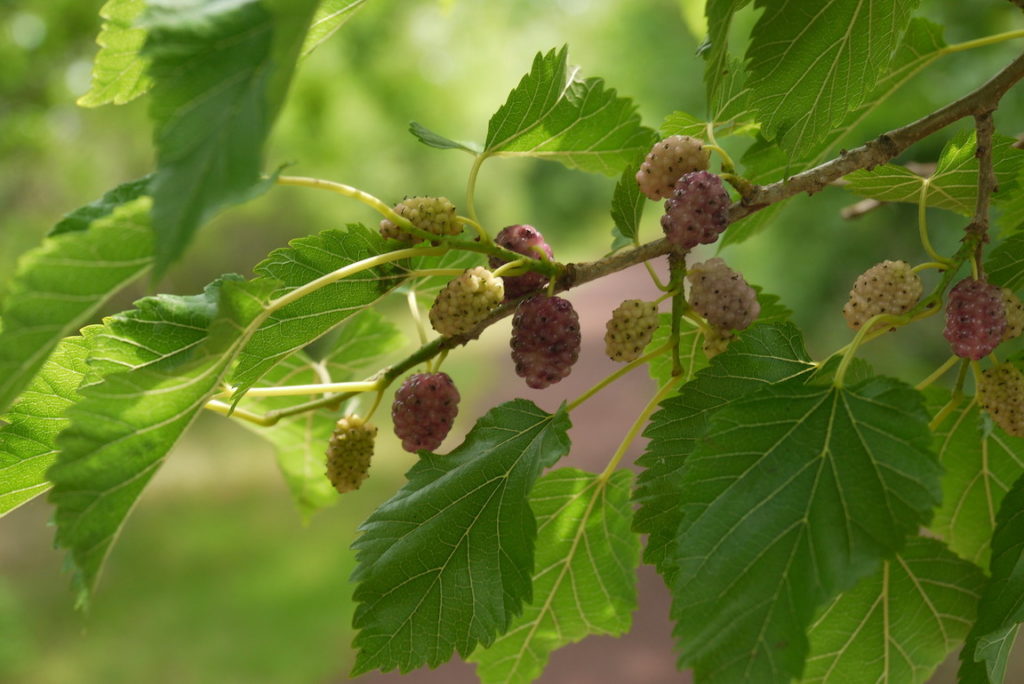
Mulberry trees are very fast-growing. Their leaves are used to feed silkworms in China. Mulberry pollinates only for just over a month in March to April. The pollen is small and very abundant when present. It is of relatively low allergenicity but sometimes causes significant respiratory complaints, including asthma.
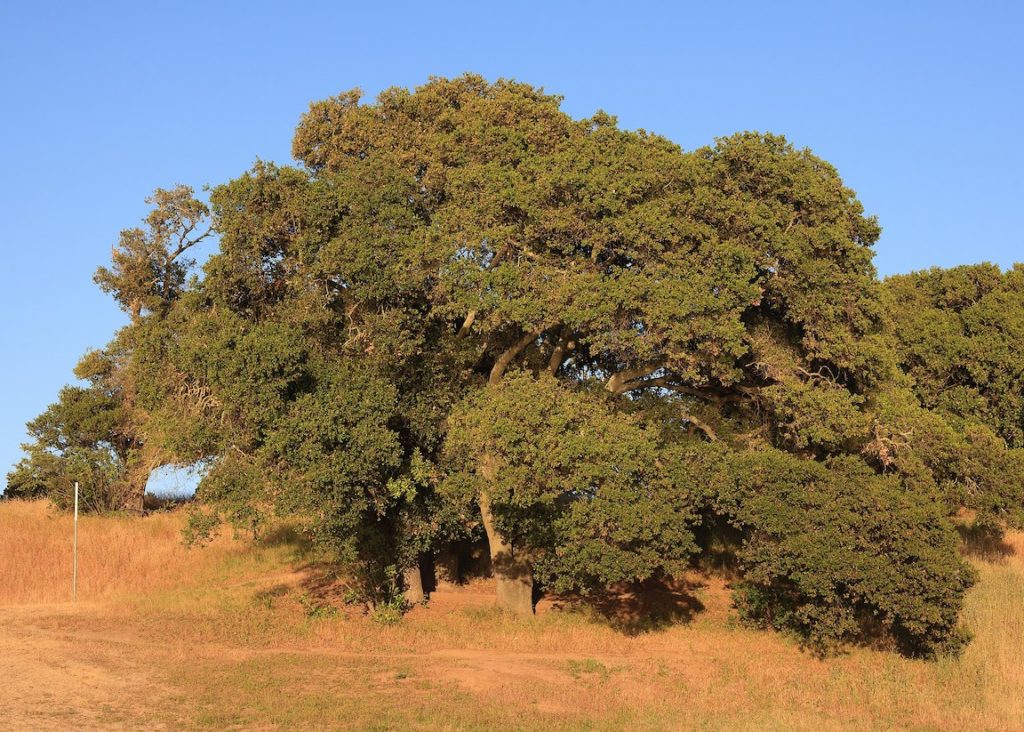
Oak is an indigenous and very ubiquitous tree. The above is an oak tree at Lake Lagunitas, Stanford. The oak pollen season is quite long, going from March to mid April; some species even pollinate into May here in California. Its pollen is considered moderately allergenic but because of the high concentration of pollen in the spring it is a very important allergen and can significant symptoms of allergy and asthma in Northern California.
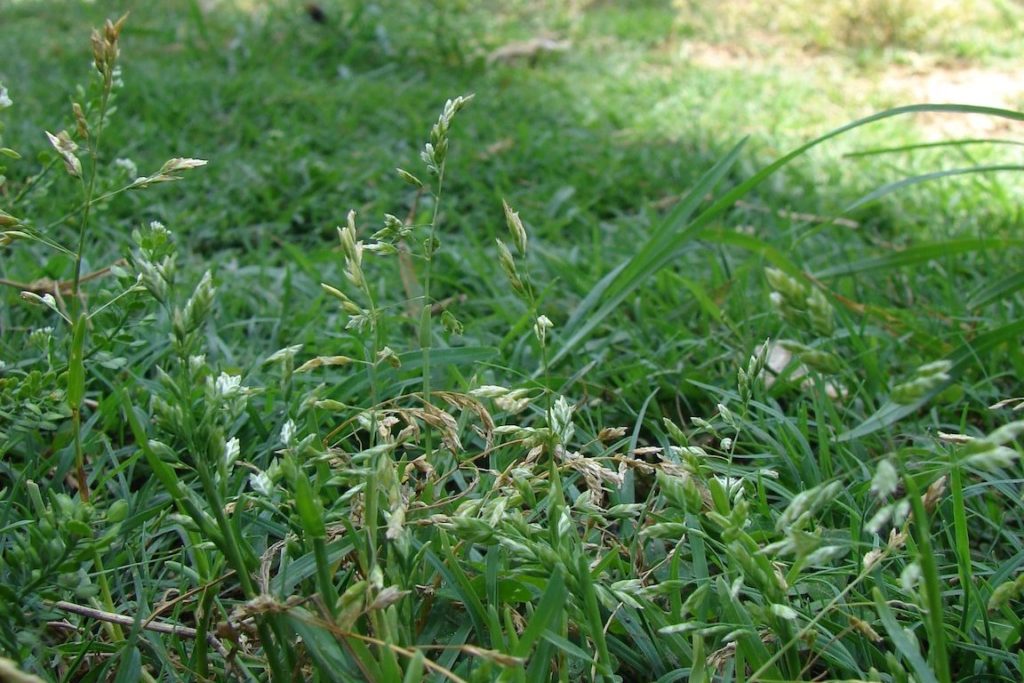
Grasses are the single most important group of plants causing pollinosis in this area. Its grains are large, highly allergenic, and in some areas, grass pollen counts can get very high. Skin tests reactions to grass are often quite strong in allergic patients confirming that it is an important allergen. Pictured above is grass which wasn’t mowed. Wild and unmown grass produces more pollen than a well mowed lawn, but the pollen flies everywhere and your symptoms may be from grass pollen that has traveled a fair distance.
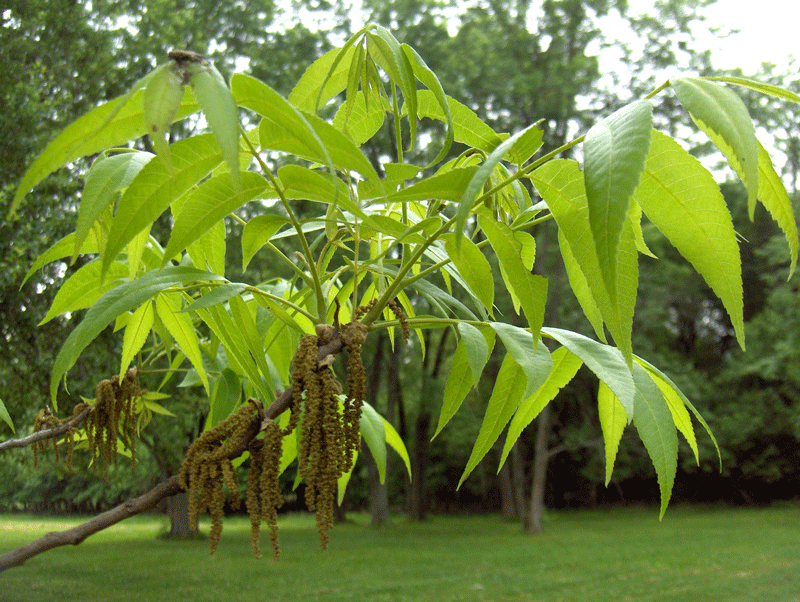
Walnut is another highly allergenic pollen which starts to pollinate at about the same time as grass but as for most trees has a shorter, more intense pollinating season. The picture above shows a pollen-producing brown “tassel” (catkin). Walnut is highly allergenic, but is a heavy pollen that doesn’t fly too far. Some patients complain of problems even out of season and it is possible that particles from twigs and leaves can also cause allergies.

Olive is another highly allergenic pollen. Like walnut, it is heavy and is only important if it is close by, although some patients have trouble just driving by large stands of olive pollen on expressways and roads! Olives start pollinating later in the spring than many other trees and grasses and causes a great deal of allergy symptoms, including severe asthma.
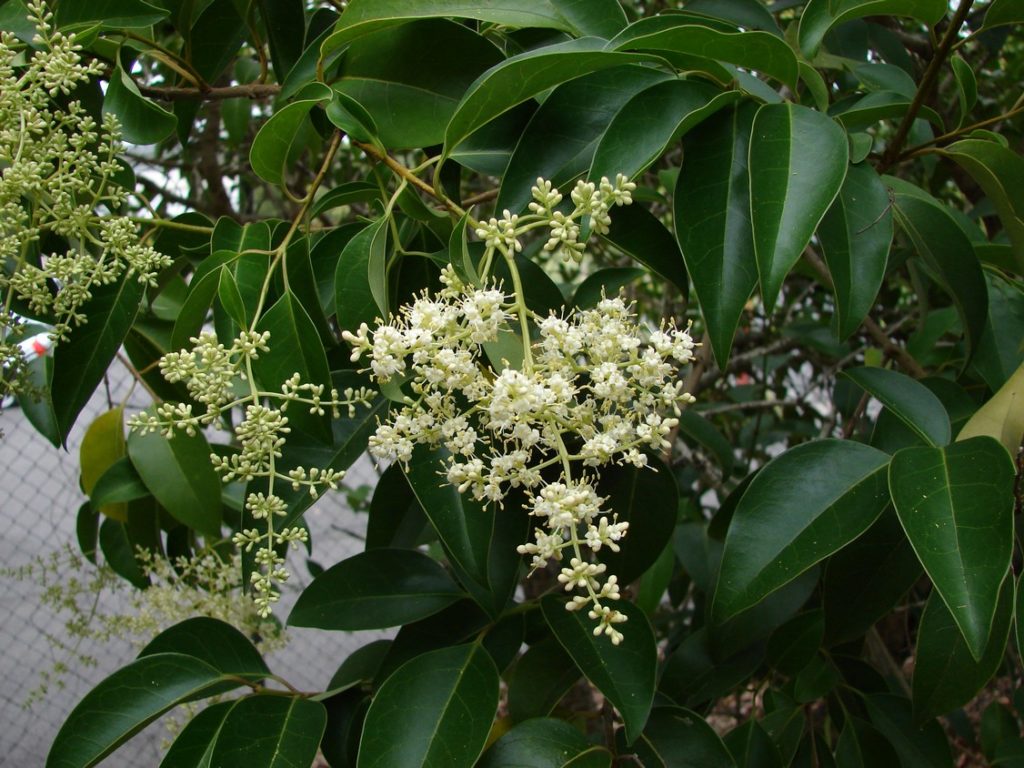
Privet is related to olive, is quite allergenic, and pollinates as the olive pollen season is ending. The plant can be a tree, bush, or hedge (privet comes from the word “private” suggesting its use in hedges). It has a sweet smell and has become more important in San Jose in recent years, probably because the trees have been used more as houses are built closer together and privacy has become a concern. Privet that was planted 10-20 years ago have probably also become larger and put out more pollen in season. It can be found growing wild near creeks.
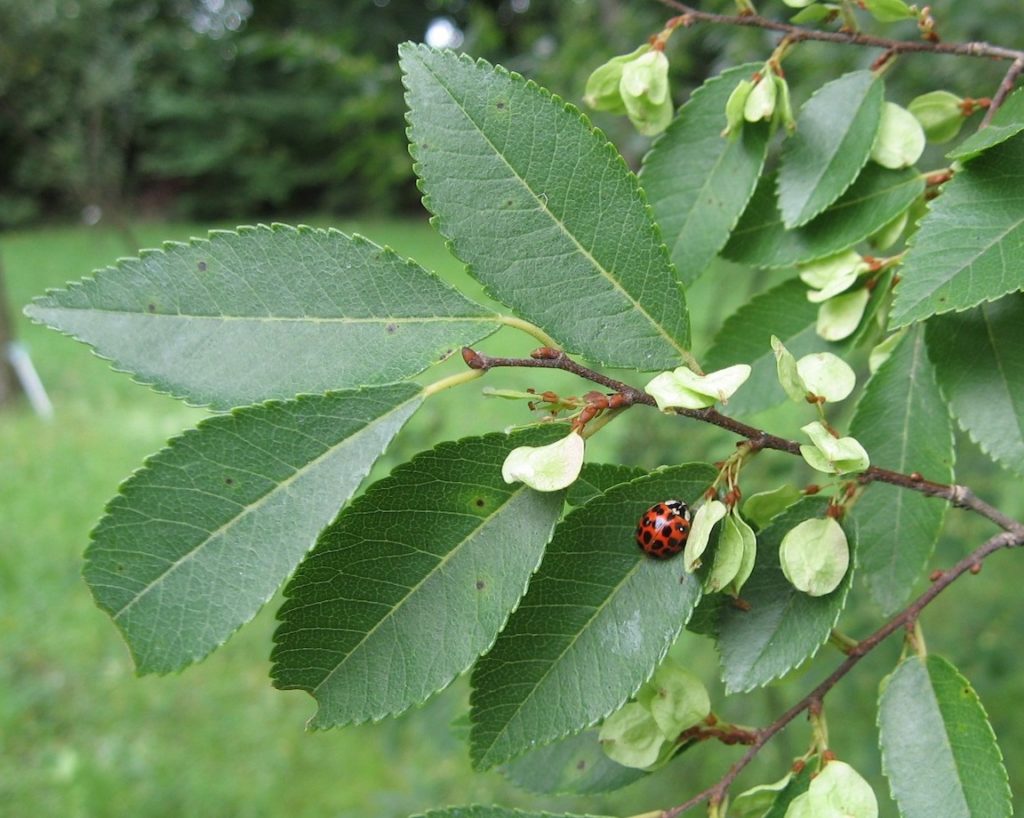
Chinese Elm, Ulmus parvifolia, blooms in the fall and is a moderately allergenic tree. It is a heavy pollen, and is important if it is near your workplace or home. There is also a spring-blooming elm which can cause difficulty in February and into March in Northern California, but it is not as prevalent as the fall-blooming elm.
